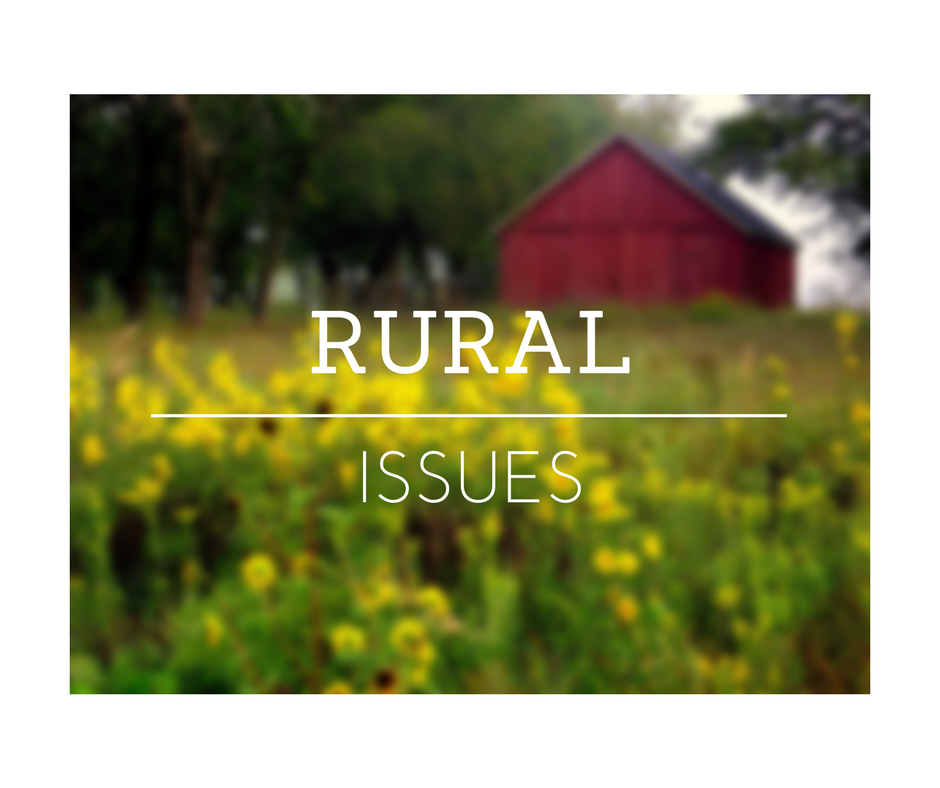December drove home a harsh reality to many people all across the nation. When the weather gets nasty it can get be downright miserable just about everywhere. The snow cyclone bomb Elliot, stretched from the Mountain West to the East Coast and down into the Gulf Coast states. While a storm this size is rare, they are becoming more frequent. Adverse weather is a variable which all farmers and ranchers know they will have to account for.
Montana and Northern Idaho were the first ones to face Elliot. It brought temperatures lower than minus 20 degrees Fahrenheit. I spoke with one farmer about 10 miles south of the Canadian border and he said it had not gotten above 30 below zero for quite a few days. Of course the storm continued to move east and south. During the second half of December, I spoke with several farmers around the country. It did not matter if farmers were in Kansas, southern Indiana, Wisconsin or upstate New York; everyone faced adverse conditions. It even got below freezing in Jackson, Mississippi.
Not only did this storm affect the daily operation of farmer operations, but it impacted trucking as well. Since I am a cattle rancher, it was easy for me to simply not truck animals during this storm, but dairy farmers need to ship milk almost every day. This storm created a trucking nightmare, in areas like Upstate New York, milk had to be dumped into manure pits. Milk processing plants were shut down in the Buffalo, New York area, which only exasperated the situation.
Farmers of all types are at the mercy of the weather; we always have been and always will be. It seems like every year at least one part of the country goes through weather events which negatively impacts their bottom line. This is why federal crop insurance is important. While insurance never makes a farmer whole financially, it definitely cushions the blow. It may be drought, floods, frost, fire or hail; eventually every farmer can use insurance. This past year for example, in central Montana we had our second year of extreme drought. We went from a third of a normal hay crop in 2021, to a quarter of a crop in 2022. Luckily we do have insurance so we could keep ranching. We are buying twice the hay we did in 2021. This is on top of reducing our cow heard by about 40%. The U.S. Department of Agriculture is also helping financially with some of the hay trucking costs. FSA Administrator Zach Ducheneaux even changed the rules to subsidize trucking for those ranchers who wanted to move their cattle to where feed is, instead of moving the feed to the cattle. It is good that USDA is showing flexibility with aiding ag producers.
A new farm bill will be discussed in Congress this year. We all need to contact our senators and representatives and urge them to continue the safety net, which is federal crop insurance. And stress that they must continue the insurance subsidy. According to USDA’s Economic Research Service, crop insurance was subsidized at an average rate of 60% in the current farm bill. We need to remind Congress just how vital it is to keep family farms in business. Farmers are not asking for handouts we are asking for assistance when weather wreaks havoc; similar to hurricanes and fires damaging homes and businesses. We need to remind congress that food security is a national issue and keeping family farms in business is in our national interest.
—Bruce Shultz, Raynesford, Montana, is vice president of the National Farmers Organization.




